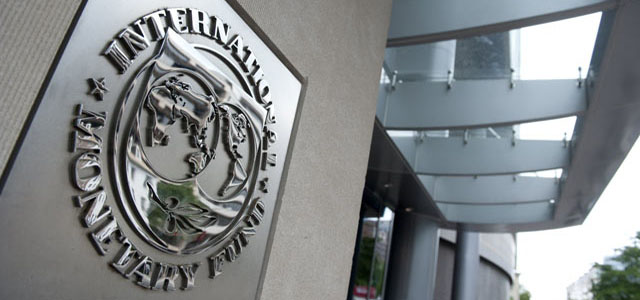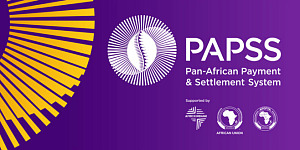International Monetary Fund (IMF) has advised sub-Saharan Africa Central Banks to limit advances to governments. They should also abstain from providing structural development financing because it can become risker to financial stability.
In its new Regional Economic Outlook for sub-Saharan Africa titled ‘Time for a policy Reset’ IMF says rising fiscal deficits and more costly external and domestic financing conditions are increasing macroeconomic vulnerabilities and, in some cases, impeding central banks’ pursuit of their primary objectives, such as price stability.
On commercial banks, the IMF argues that sovereign risks associated with large commercial bank exposures to government debt and related governments’ rollover risks have increased in some cases, posing risks to financial stability.
“Central banks should limit the use of advances to government to the mitigation of short-term financing constraints and avoid easing commercial banks’ liquidity constraints with a view to facilitating lending to the government,” said IMF director for African Department Antionette Sayeh while presenting the Regional Economic Outlook for sub-Sahara Africa in Kampala last week.
With the financial system being vulnerable to stress externally and domestically, the IMF says governments must remain vigilant to any signs of increasing financial stress.
The IMF report indicates that in most resource-rich countries, revenue shortfalls have been significant and fiscal balances have deteriorated despite some adjustment in expenditures.
The report recommends that fiscal adjustment is needed to safeguard macroeconomic stability, especially in the region’s oil-exporting countries.
The slowdown in both global and regional economic growth is triggering increased debt financing under difficult market conditions.
The IMF says in the context of weak growth and an elevated deficit, the region’s debt level is on the rise with many contracting more debts domestically and externally.
In most oil-exporting and other resource-intensive countries, the decline in commodity revenue and resulting fiscal expansion have driven the debt dynamics as fiscal gaps have been increasingly filled with debt creating flows
However, the IMF stresses that both external and domestic debt contributed to the increase in public debt, and debt sustainability assessments have deteriorated in a number of countries.
In the report, IMF reveals that the cost of external debt has increased sharply since the end of 2014, triggered by the continued decline in commodity prices, oil price volatility, and heightened risk aversion by foreign investors. Yields on Eurobonds are now at or close to double-digit levels in a number of the region’s frontier markets, compared to about a 4½ per cent to 8 per cent range at the end of 2013.
Looking ahead, the IMF warns that with the external environment projected to remain unfavourable, mobilising sufficient financing may become even more challenging.
The Deputy governor Bank of Uganda, Dr Louis Kasekende, said when African economies suffered shocks from the global financial and economic crisis in 2008, many countries in the region were able to use countercyclical macroeconomic policies – monetary and/or fiscal policy – to offset the negative impact on aggregate demand.
“A countercyclical macroeconomic policy response was only possible for those economies which had sufficient macroeconomic and fiscal space, in terms of their current account and fiscal balances, public debt ratios and foreign exchange reserves,” he said.
Dr Kasekende explained that currently, macroeconomic and fiscal space has narrowed in the last half decade across the continent, as a consequence of deteriorating fiscal and current account balances and lower foreign exchange reserves in terms of months of import cover.
“The reduction of macroeconomic and fiscal space is most pronounced among oil exporters, but it also affects the region’s oil importers. As a consequence, both sets of countries have les scope for addressing the negative consequence of the external shocks facing their economies by implementing countercyclical macroeconomic policies than was the case at the end of the 2000s,” he said.
Dr Kasekende further stated that the narrowing of macroeconomic and fiscal space is partly the result of governments adopting more ambitious public spending programmes to address infrastructure needs, mainly financed with external capital.
“There are sound economic reasons for scaling up public investment, but we also have to recognise that, if it is funded through higher borrowing, it will unavoidably constrain the policy options for macroeconomic stabilisation, leaving the region’s economies more vulnerable to negative exogenous shocks,” he said.
He added: “Over the medium term, I agree with Antoinette Sayeh that a gradual rebuilding of macroeconomic buffers is warranted, which means it would be preferable to fund higher public investment by making savings in recurrent budgets or by strengthening the domestic tax effort, rather than by resorting to higher levels of borrowing.”









































